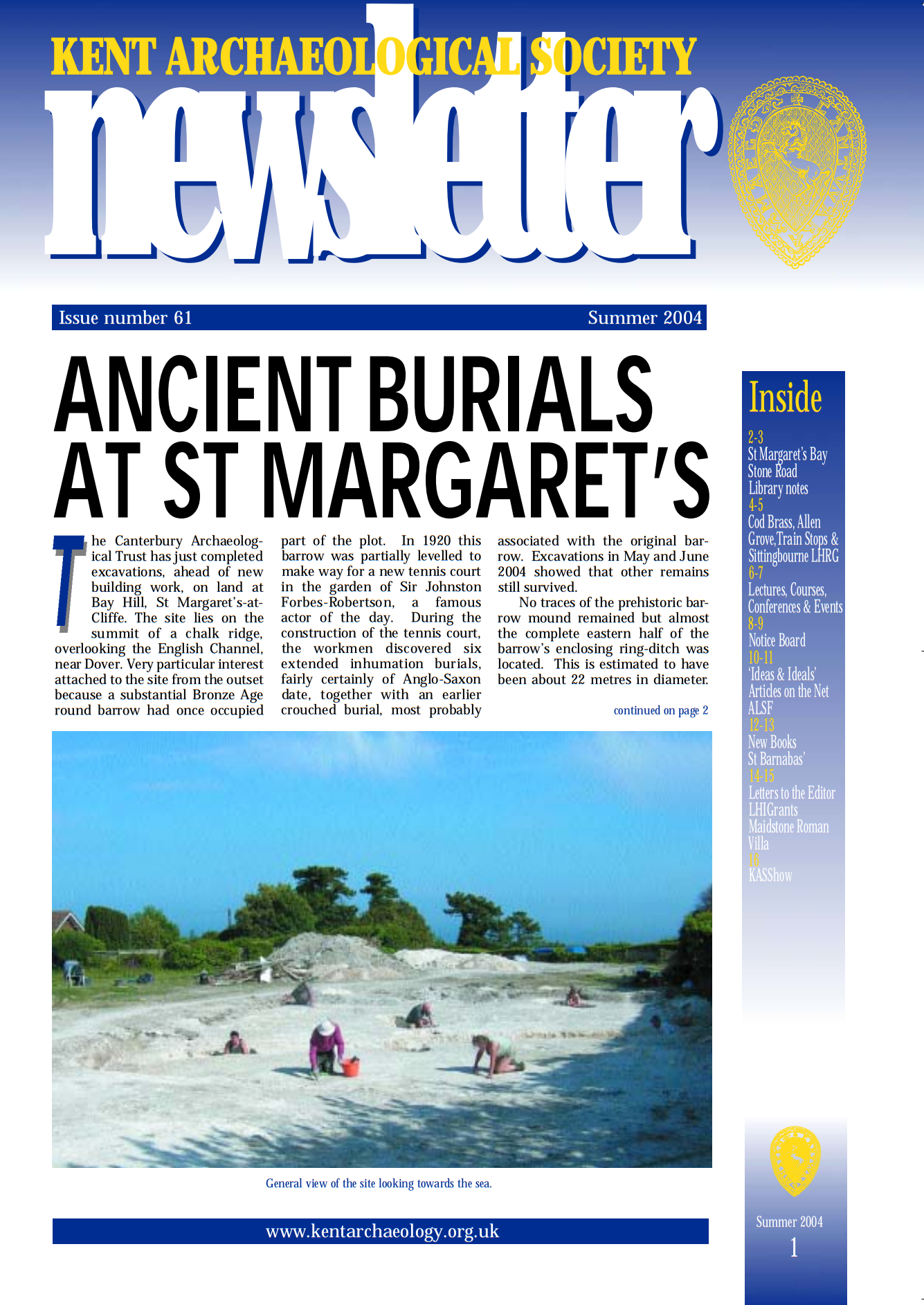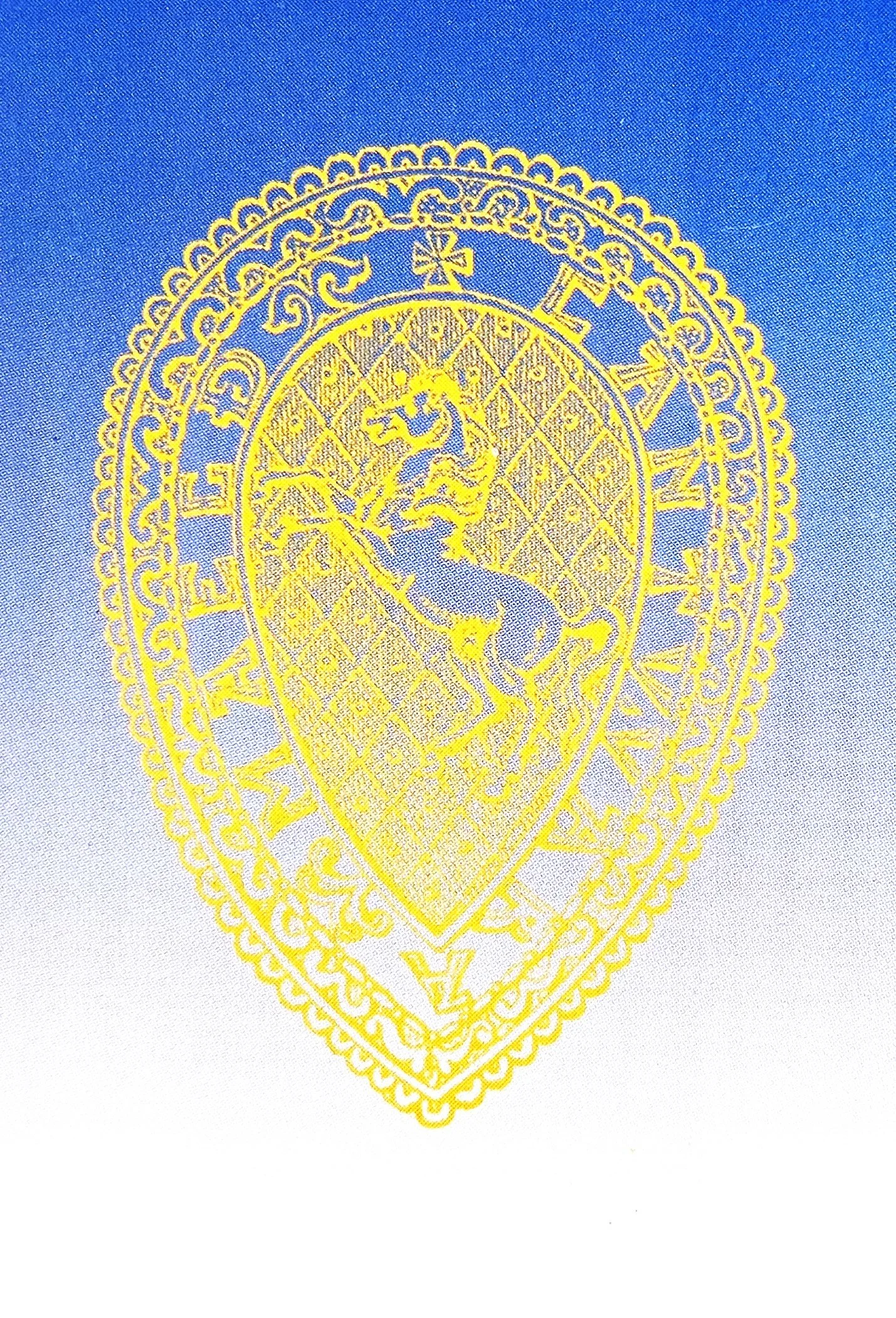
KAS Newsletter, Issue 61, Summer 2004
Contributions to the next issue are welcome. See the guidance for contributors and contact Editor Craig Campbell.
Search page
Search within this page here, search the collection page or search the website.
An Anglo-Saxon Site at Thurnham
Library Notes
KAS Newsletter, Issue 61 (Summer 2004). Maidstone: Kent Archaeological Society.
KAS Newsletter, Issue 61 (Summer 2004). Maidstone: Kent Archaeological Society.
KAS Newsletter, Issue 61 (Summer 2004). Maidstone: Kent Archaeological Society.
Susan Pittman, 2004, KAS Newsletter, Issue 61 (Summer 2004). Maidstone: Kent Archaeological Society.
Joy Saynor, 2004, KAS Newsletter, Issue 61 (Summer 2004). Maidstone: Kent Archaeological Society.
KAS Newsletter, Issue 61 (Summer 2004). Maidstone: Kent Archaeological Society.
, 2004, KAS Newsletter, Issue 61 (Summer 2004). Maidstone: Kent Archaeological Society.
KAS Newsletter, Issue 61 (Summer 2004). Maidstone: Kent Archaeological Society.
KAS Newsletter, Issue 61 (Summer 2004). Maidstone: Kent Archaeological Society.










